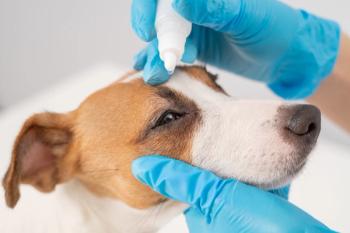
3 must-reads on avian flu
Read about how the highly pathogenic avian influenza was transmitted to cows, cats, raccoons, and dolphins, plus what steps are being taken to contain the spread
Avian influenza A (H5N1) has the capacity to spread rapidly among bird populations, posing significant threats to global poultry industries. Yet, this highly infectious disease is not constrained to birds, as H5N1 cases have been on the rise in cattle. Cases of the disease infecting humans and mammals, including aquatic mammals have also been recorded, raising concerns about zoonotic transmission and pandemic risks.
Stay up to date on recent news about avian flu with the following 3 articles:
New study finds cows can transmit avian flu to other mammals : Researchers found evidence that highly pathogenic avian influenza can be transmitted from cows to other mammals, including cats and raccoons. The study raised concerns over the possibility of mutations in the virus that could lead to efficient avian flu transmission in humans.Researchers document Florida dolphin with avian influenza : Another study documented a separate case of avian flu in a bottlenose dolphin in Florida. The virus was found in the dolphin’s brain and lungs.USDA takes additional measures to contain the spread of avian influenza A : The United States Department of Agriculture (USDA) announced it was providing an extra $824 million in emergency funding from the Commodity Credit Corporation to curb the spread of H5N1. The department also launched the H5N1 Dairy Herd Status Pilot program to give dairy producers additional ways to monitor the health of their herds.
Newsletter
From exam room tips to practice management insights, get trusted veterinary news delivered straight to your inbox—subscribe to dvm360.




